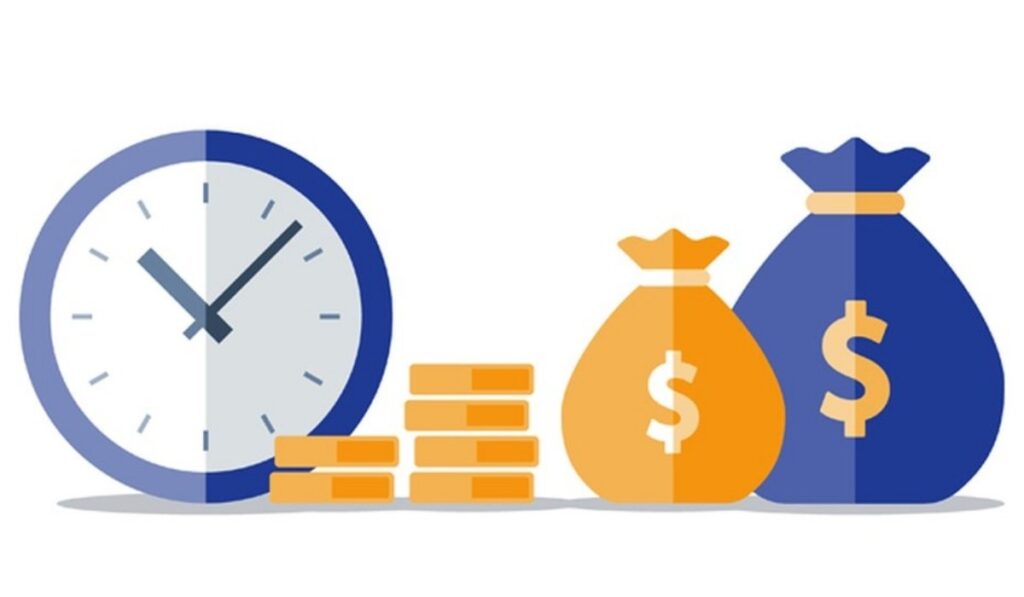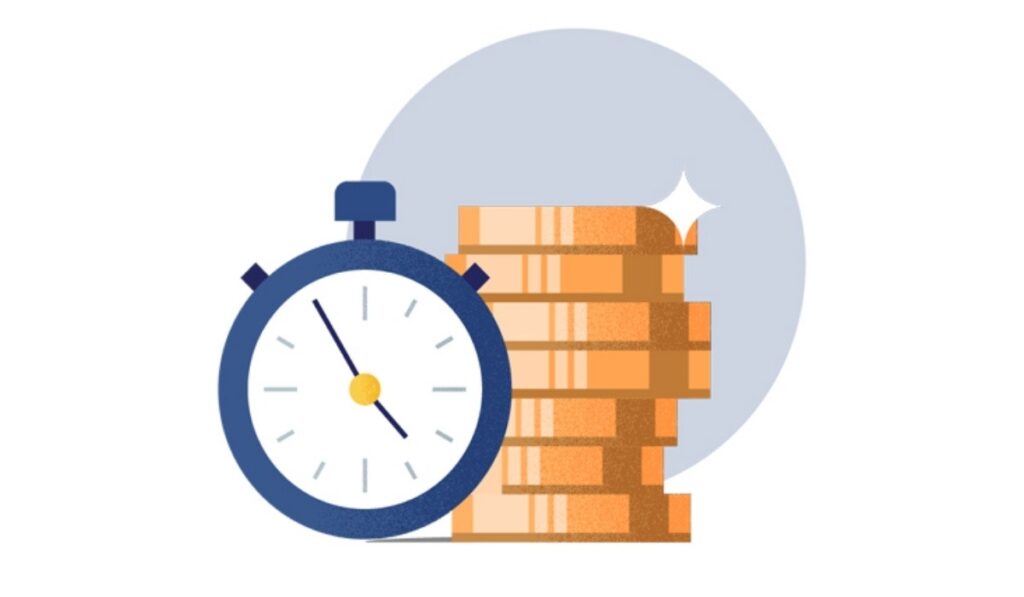Cost Decoded: Understanding What Really Drives Your Expenses in 2025

In 2025, managing Cost Decoded has become one of the most important aspects of both personal and business finance. With the global economy constantly shifting, inflation rates fluctuating, and new technologies shaping the marketplace, understanding what truly drives expenses can make the difference between financial stability and constant struggle. The concept of “Cost Decoded” revolves around uncovering the hidden factors behind everyday spending, revealing how decisions, habits, and external influences affect overall financial health. Whether it’s the rising price of goods, changing consumer behaviors, or the unseen costs of convenience, decoding these elements helps individuals and businesses make smarter financial choices.
The Modern Cost Landscape
The financial environment in 2025 is more complex than ever before. Prices are no longer determined by simple supply and demand. Instead, a variety of interconnected factors—such as global trade disruptions, technological innovation, environmental policies, and digital transformation—play key roles in shaping the Cost Decodedlandscape. For instance, the Cost Decoded of transportation is directly influenced by energy prices, which in turn are affected by geopolitical tensions and renewable energy adoption rates. Similarly, product pricing is impacted by material shortages, labor market changes, and even shifts in consumer expectations. Understanding these relationships is the first step toward decoding your costs and gaining control over your finances.
Hidden Costs and How They Affect You

One of the biggest challenges in managing expenses today is recognizing hidden Cost Decoded. These are the expenses that are not immediately visible but accumulate over time. Subscription services, maintenance fees, interest charges, and the Cost Decodedof time are common examples. In the digital age, businesses often design pricing models that appear affordable at first glance but end up Cost Decodedmore in the long run due to recurring fees or hidden add-ons. For consumers, hidden Cost Decodedoften appear in everyday purchases—from delivery charges to data usage fees. Being aware of these hidden expenses helps you make informed choices and avoid financial traps that eat away at your budget silently.
The Psychological Side of Spending
Financial behavior is not purely logical—it’s deeply psychological. People often make spending decisions based on emotions rather than objective reasoning. Marketing strategies, social media trends, and even peer pressure can manipulate spending habits without individuals realizing it. In 2025, personalized advertising powered by artificial intelligence has become more effective than ever, influencing consumers to make impulsive purchases. Understanding these psychological triggers is a major part of decoding your Cost Decoded. Recognizing when emotion is guiding your spending helps you pause and evaluate whether a purchase aligns with your real needs and long-term goals.
The Role of Technology in Shaping Costs

Technology has become both a cost driver and a Cost Decoded saver. On one hand, the adoption of advanced systems like automation, artificial intelligence, and data analytics can reduce labor Cost Decoded and improve efficiency. On the other hand, the initial investment in technology, cybersecurity measures, and constant upgrades can significantly increase expenses. In personal finance, technology influences Cost Decoded through digital services, subscription models, and app-based purchases. As more services move online, convenience often comes with hidden price tags. Understanding where technology helps you save and where it makes you spend more is a key part of mastering Cost Decoded decoding.
Economic and Environmental Influences
Economic conditions and environmental changes play a crucial role in determining overall costs. Inflation, interest rates, and government policies affect both consumers and businesses. Environmental sustainability has also become a major cost factor in 2025. Companies are now expected to follow green practices, which may raise production Cost Decoded but contribute to long-term value and brand reputation. For individuals, the cost of sustainable living—such as buying eco-friendly products or using renewable energy—may seem higher initially but results in savings and a smaller environmental footprint over time. By decoding these macro factors, you can better understand the long-term implications of your financial choices.
The Importance of Data in Cost Analysis

Data analytics has transformed the way people and organizations understand their expenses. In 2025, individuals and businesses have access to more financial data than ever before. Smart budgeting tools, AI-driven insights, and expense tracking apps allow users to see patterns in their spending habits and identify areas for improvement. Data reveals not just how much you spend, but why and when you spend it. For example, seasonal patterns, lifestyle shifts, and economic cycles all show up in financial data. When you decode your expenses using data, you can make more strategic financial decisions and allocate resources more effectively.
Cost Management for Businesses
For businesses, cost decoding goes beyond basic accounting. It involves analyzing operational efficiency, supply chain costs, employee productivity, and market dynamics. Understanding which areas generate the most expense helps companies optimize performance and increase profitability. Many organizations in 2025 are adopting cost intelligence systems that use machine learning to predict future expenses and detect inefficiencies. These systems not only track direct costs but also evaluate indirect ones, such as time delays, energy usage, and waste management. Businesses that effectively decode their costs can reduce waste, improve sustainability, and maintain a competitive edge in the market.
Personal Finance and Expense Awareness

In personal finance, cost decoding is about more than cutting expenses—it’s about understanding the value behind each cost. Every purchase should align with long-term goals, such as saving for a home, investing in education, or building financial security. By analyzing where your money goes and why, you can eliminate unnecessary spending and redirect funds toward meaningful priorities. In 2025, personal finance tools powered by artificial intelligence help users automatically categorize expenses, set goals, and provide real-time feedback on spending habits. However, human awareness remains essential. No technology can replace personal responsibility when it comes to making conscious financial decisions.
Future Trends in Cost Behavior
Looking ahead, cost structures will continue to evolve as technology, society, and the environment change. The future of expenses will likely be influenced by automation, sustainability, and personalized pricing models. As artificial intelligence becomes more integrated into commerce, businesses will adopt dynamic pricing—where the cost of products and services changes based on demand, time, and individual behavior. Meanwhile, global shifts toward sustainability may drive up short-term expenses but lead to greater efficiency and stability in the long run. Staying informed about these future trends is an important part of decoding costs and preparing for the financial landscape ahead.
Conclusion
Understanding what drives your expenses in 2025 requires awareness, analysis, and adaptability. “Cost Decoded” is not just a concept—it’s a strategy for financial empowerment. Whether you are managing household budgets or running a large enterprise, decoding the true sources of costs helps you make better financial decisions, avoid unnecessary spending, and plan more effectively for the future. As the world becomes more complex, those who understand the hidden forces behind their expenses will have the advantage of control, foresight, and stability. By decoding your costs today, you pave the way for a more secure and financially intelligent tomorrow.
Frequently Asked Questions (FAQs)
1. What does “Cost Decoded” mean?
- “Cost Decoded” refers to the process of breaking down and understanding all the factors that contribute to your expenses. It involves analyzing both visible and hidden costs to make better financial decisions.
2. How can I identify hidden costs in my spending?
- You can identify hidden costs by reviewing recurring payments, service fees, subscription renewals, and terms of use. Using expense tracking tools and regularly checking bank statements can also reveal unnoticed charges.
3. Why do psychological factors affect spending habits?
- Psychological factors such as emotions, marketing influence, and peer behavior can lead to impulsive or unplanned purchases. Recognizing these triggers helps maintain financial discipline and align spending with real needs.
4. How does technology impact cost management?
- Technology impacts cost management by offering automation and data insights that improve efficiency. However, it also introduces new costs, such as software subscriptions, cybersecurity investments, and hardware upgrades.
5. What are the best ways to manage expenses effectively?
- Effective expense management involves setting clear financial goals, creating a detailed budget, tracking spending habits, and regularly reviewing costs. Using digital tools can help, but conscious decision-making remains essential.





